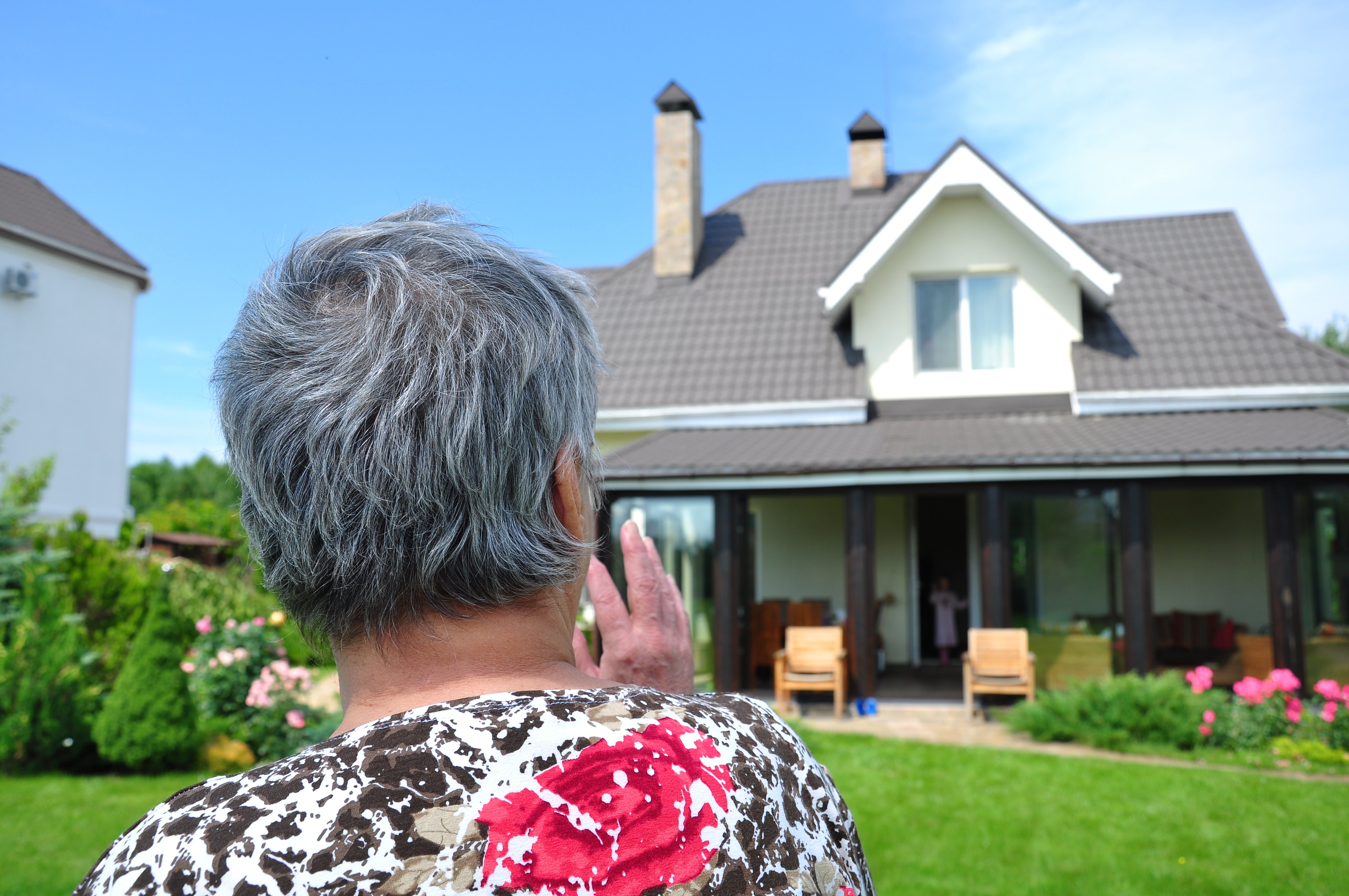By Mark Teale on 25 November 2020
A very quick recap on part 1.
A single lady, Evelyn, is entering residential aged care and is required to pay a Refundable Accommodation Deposit (RAD) of $450,000. She owns her home worth $1 million and has $90,000 in cash and term deposits. Her children are reluctant to sell the home and last week we discussed the downside of the children paying the $450,000 RAD to avoid selling the house.
If you would like to refresh your memory or if you missed the article, you can find it here .
This week I thought we could look at a couple of other options.
Option one: Rent the house for $600 per week
Centrelink will allow one third of the rent to cover expenses meaning that $400 per week will be assessed as income. If we use Centrelink’s guide regarding the expenses, this will provide Evelyn with an extra $20,800 a year to meet her expenses.
However, it will also increase her aged care fees:
- Basic Daily Fee $52.25 per day (no change)
- Daily Accommodation Payment $50.55 (RAD has still not been paid)
- Means Tested Care Fee $14.38 (increased from $2.75 per day)
The largest impact is the reduction in the age pension from $944.30 per fortnight to $615 per fortnight. The combination of the decreased age pension and the net rental income leaves Evelyn with a shortfall of approximately $6,000 per annum. Having savings of $90,000 in cash and term deposits means that she will be able to cover this shortfall for some time.
However, in two years’ time Evelyn’s $1 million dollar home becomes an assessable asset for the purposes of calculating her age pension. This means that Evelyn will lose all of age pension, and her shortfall will increase to closer to $22,000 per year.
Option 2: –Borrow $450,000 from the bank, secured against the home to pay the RAD and rent the home for $600 per week
Centrelink will still allow one third of the rent to cover expenses, and will reduce the rental income by the interest on the mortgage. This means only $140 would be assessed as income.
Aged Care Fees would be:
- Basic Daily Fee $52.25 per day (no change)
- Daily Accommodation Payment $0 (RAD has been paid with the borrowings)
- Means Tested Care Fee $23.39 per day (increased from $14.38 as the RAD is assessed as an asset even though the money is borrowed)
Age Pension would remain at the full rate of $944.30 per fortnight. The combination of the age pension and the net rent would mean that Evelyn can cover her costs.
As in option one, in two years’ time Evelyn’s house will become an assessable asset. However, it is now only worth $550,000 because of the $450,000 mortgage. Evelyn’s age pension will drop to $456 per fortnight and once again she will have a cash shortfall in paying in aged care fees of approximately $8,400.
Option 3: Sell the house and use the proceeds to pay the RAD
Most people tend to take this option.
After the sale, Evelyn has approximately $650,000 in cash and term deposits. Her aged care fees are:
- Basic Daily Fee $52.25 (no change)
- Daily Accommodation Payment $0 (RAD has been paid in full)
- Means Tested Care Fee $44.09 (increased from $23.39 as both the cash and the RAD are assessed as assets totaling $1,100,000)
Her age pension would fall to $456 per fortnight but, as Evelyn no longer owns her home, there would not be a dramatic fall in two years.
Evelyn does have a significant shortfall of $23,300 per annum, but as she has $650,000 in the bank, the shortfall is not an issue.
Over the two RYD blogs I have provided quite a few options for people to think about. I am not saying any option is better than the other as everyone’s preferences and circumstances are different, but as I have mentioned on numerous occasions, entering residential aged care is complex and you should always talk to an expert to ensure you fully understand your options and which will be best for you.



comments